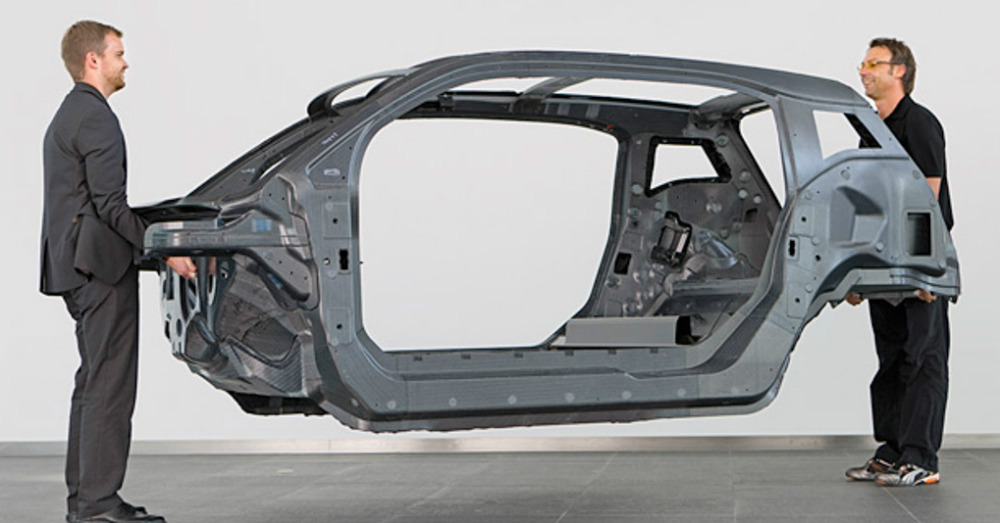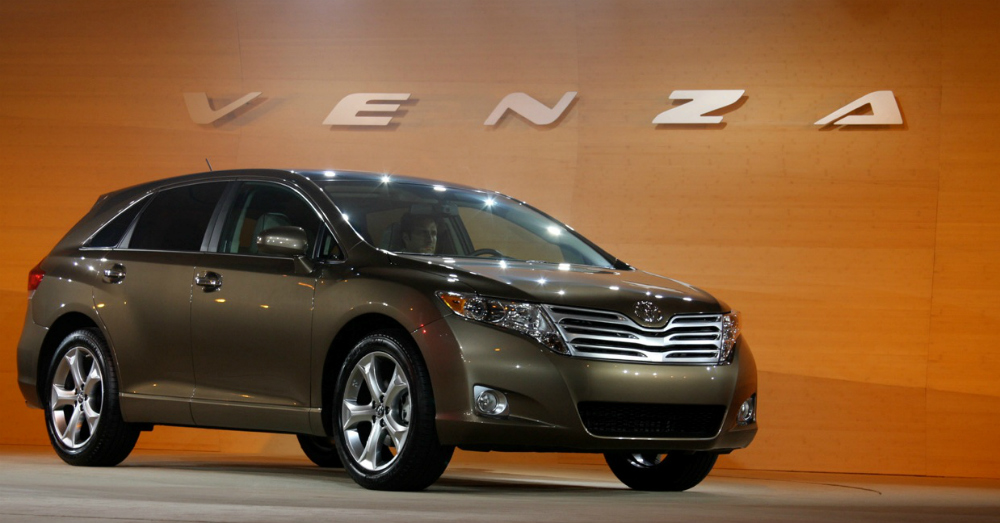Typically, using carbon fiber in the build and creation of any vehicle signifies a vehicle that is going to be more expensive than most others on the market. Many of the higher priced and higher powered models on the market today make some use of carbon fiber, which works well in the applications of vehicles that are meant for high speed and low volume sales at higher prices, but what if you wanted to have a mass market EV built? Could carbon fiber be the answer to making these heavy platforms lighter and more capable for the daily drive?
One company, Williams Advanced Engineering, believes and shows that carbon fiber can be more affordable and become the material used more widely on a platform they have developed. This platform is being offered as the right way to build an efficient and green electric family car. This new platform is called the FW-EVX and it’s offered as an extremely adaptable platform that can make it much easier for an automaker to have the right build for the EV model they want to produce while also using recycled carbon fiber in the process of the build of this platform.
Changing the Thought Process
Most automakers develop their EV platforms from the current builds they have. The problem with this is the fact that cooling and operating a strictly EV model requires a different type of cooling and airflow than a gasoline-powered vehicle. Many automakers will convert a regular platform to an electric drive one because of costs, but the team at Williams has developed this new FW-EVX platform that can become the right basis for the EV models of the future, regardless of the company and what they have already developed to offer on the market.
This new structure offers a long, wide and thin battery box that’s placed between two hollow, load-bearing composite members. With this build, the platform is able to channel air to provide the necessary cooling from the front to the rear with the use of the aluminum radiators that are mounted inside. There is also an exoskeleton that features crash structures to aid in the safety needed and the airflow improves the downforce by using a diffuser at the rear of the vehicle. The build of this platform uses pressed carbon fiber wishbones that use eighty percent recycled materials and weighs in at only about forty percent as much as a conventional platform.
Williams claims the FW-EVX platform can be scaled up to reach the same cost as a forged aluminum platform and the nearly zero waste process offers an efficiency that’s impressive for this build. This is a build that can house up to four electric motors and the structure is strong enough that the battery module will contribute to the rigidity of the vehicle. This company has provided other platforms for highly recognized vehicles and companies but this new one may be the game changer that every company should turn to when they want to develop an EV that’s built on a platform which is completely an EV-based structure.
This post may contain affiliate links. Meaning a commission is given should you decide to make a purchase through these links, at no cost to you. All products shown are researched and tested to give an accurate review for you.




